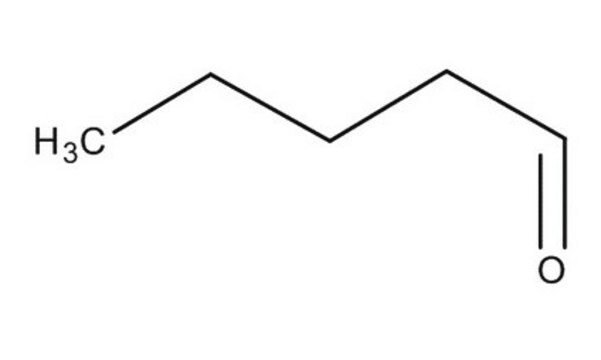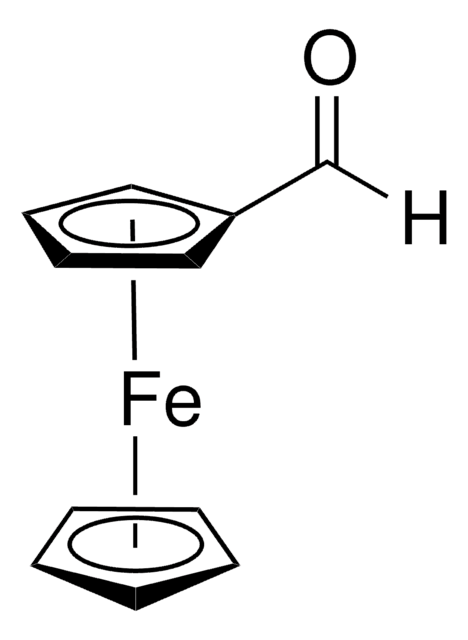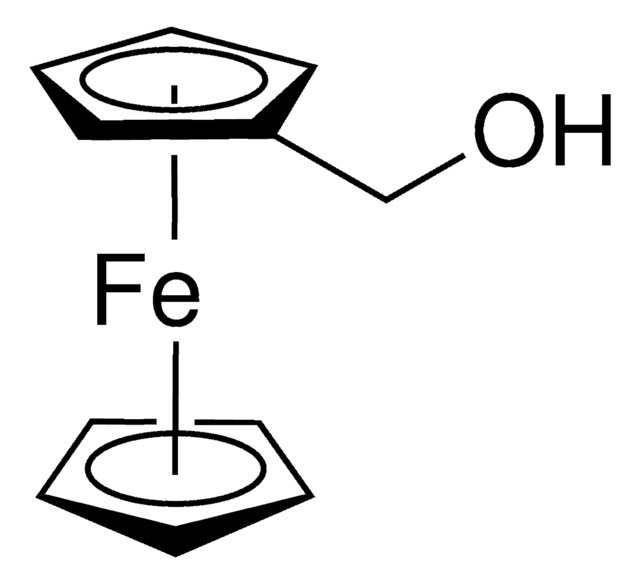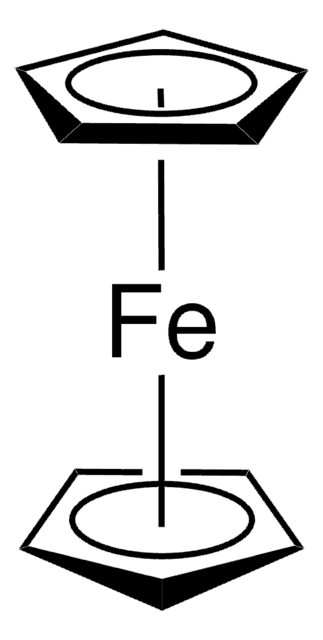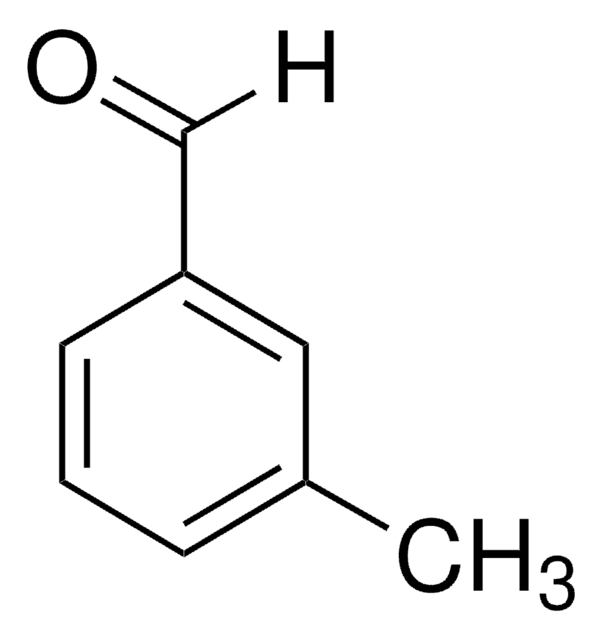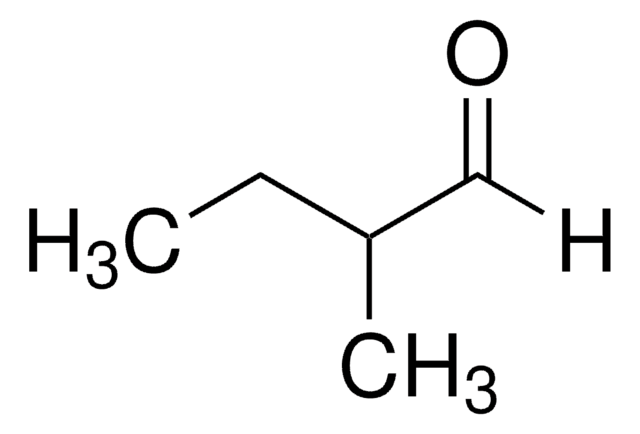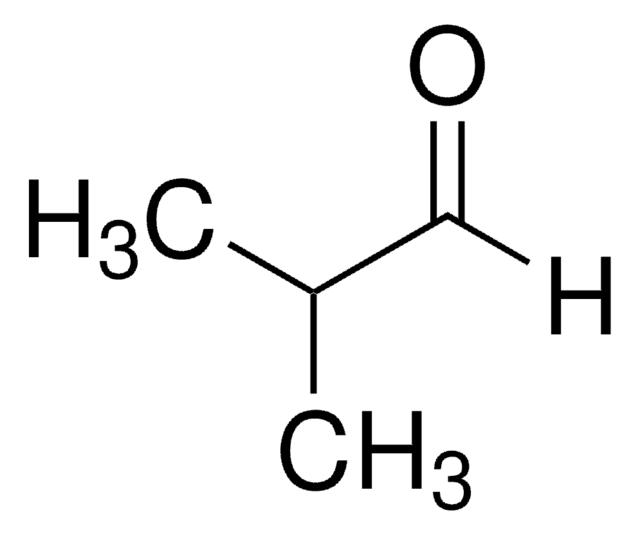Kluczowe dokumenty
110132
Valeraldehyde
97%
Synonim(y):
Pentanal
About This Item
Polecane produkty
Poziom jakości
Próba
97%
temp. samozapłonu
428 °F
współczynnik refrakcji
n20/D 1.394 (lit.)
bp
102-103 °C (lit.)
mp
−92 °C (lit.)
gęstość
0.81 g/mL at 25 °C (lit.)
grupa funkcyjna
aldehyde
ciąg SMILES
[H]C(=O)CCCC
InChI
1S/C5H10O/c1-2-3-4-5-6/h5H,2-4H2,1H3
Klucz InChI
HGBOYTHUEUWSSQ-UHFFFAOYSA-N
Szukasz podobnych produktów? Odwiedź Przewodnik dotyczący porównywania produktów
Opis ogólny
Zastosowanie
Hasło ostrzegawcze
Danger
Zwroty wskazujące rodzaj zagrożenia
Zwroty wskazujące środki ostrożności
Klasyfikacja zagrożeń
Acute Tox. 4 Inhalation - Eye Irrit. 2 - Flam. Liq. 2 - Skin Sens. 1 - STOT SE 3
Organy docelowe
Respiratory system
Kod klasy składowania
3 - Flammable liquids
Klasa zagrożenia wodnego (WGK)
WGK 1
Temperatura zapłonu (°F)
44.6 °F
Temperatura zapłonu (°C)
7 °C
Środki ochrony indywidualnej
Eyeshields, Faceshields, Gloves, type ABEK (EN14387) respirator filter
Wybierz jedną z najnowszych wersji:
Masz już ten produkt?
Dokumenty związane z niedawno zakupionymi produktami zostały zamieszczone w Bibliotece dokumentów.
Klienci oglądali również te produkty
Protokoły
-Tolualdehyde; Valeraldehyde; Isovaleraldehyde
Nasz zespół naukowców ma doświadczenie we wszystkich obszarach badań, w tym w naukach przyrodniczych, materiałoznawstwie, syntezie chemicznej, chromatografii, analityce i wielu innych dziedzinach.
Skontaktuj się z zespołem ds. pomocy technicznej

